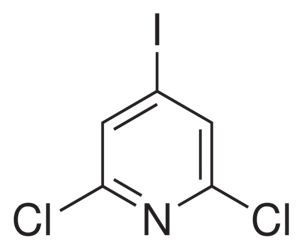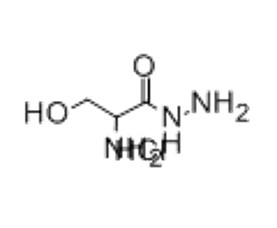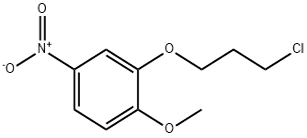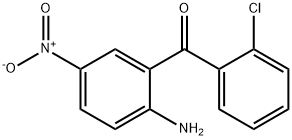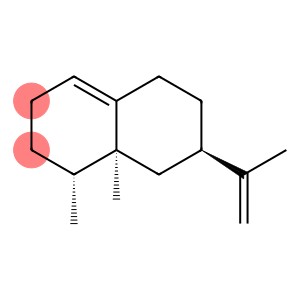2 6-Dichloro-4-iodopyridine(CAS# 98027-84-0)
Risk and Safety
| Hazard Symbols | Xn – Harmful |
| Risk Codes | R22 – Harmful if swallowed R37/38 – Irritating to respiratory system and skin. R41 – Risk of serious damage to eyes R43 – May cause sensitization by skin contact |
| Safety Description | S26 – In case of contact with eyes, rinse immediately with plenty of water and seek medical advice. S36 – Wear suitable protective clothing. S36/37/39 – Wear suitable protective clothing, gloves and eye/face protection. |
| WGK Germany | 3 |
| HS Code | 29333990 |
| Hazard Class | IRRITANT |
2 6-Dichloro-4-iodopyridine(CAS# 98027-84-0) introduction
2,6-dichloro-4-iodopyridine is an organic compound. The following is an introduction to its properties, uses, manufacturing methods and safety information:
Quality:
- Appearance: 2,6-Dichloro-4-iodopyridine is a white to yellowish crystalline powder.
- Stable at room temperature, but susceptible to light and moisture.
- It has certain solubility in solvents, such as methanol and methylene chloride.
- Toxic gases are released during combustion.
Use:
- 2,6-Dichloro-4-iodopyridine is an important organic intermediate that can be used in the synthesis of other compounds.
Method:
- 2,6-Dichloro-4-iodopyridine is usually obtained by the reaction of pyridine iodide and cuprous chloride in an appropriate solvent.
- The reaction requires the use of appropriate reaction conditions and catalysts, usually in an inert atmosphere.
Safety Information:
- 2,6-Dichloro-4-iodopyridine is an organic compound that is toxic and irritating.
- Wear appropriate precautions, such as protective eyewear and gloves, during handling and use.
- Avoid inhalation, contact with skin and eyes, and avoid swallowing.
- Avoid contact with substances such as oxidants and strong acids.
- Read and follow the relevant safety operation guidelines and operating procedures carefully before use. When used in a laboratory environment, the appropriate safety operating procedures should be observed.


